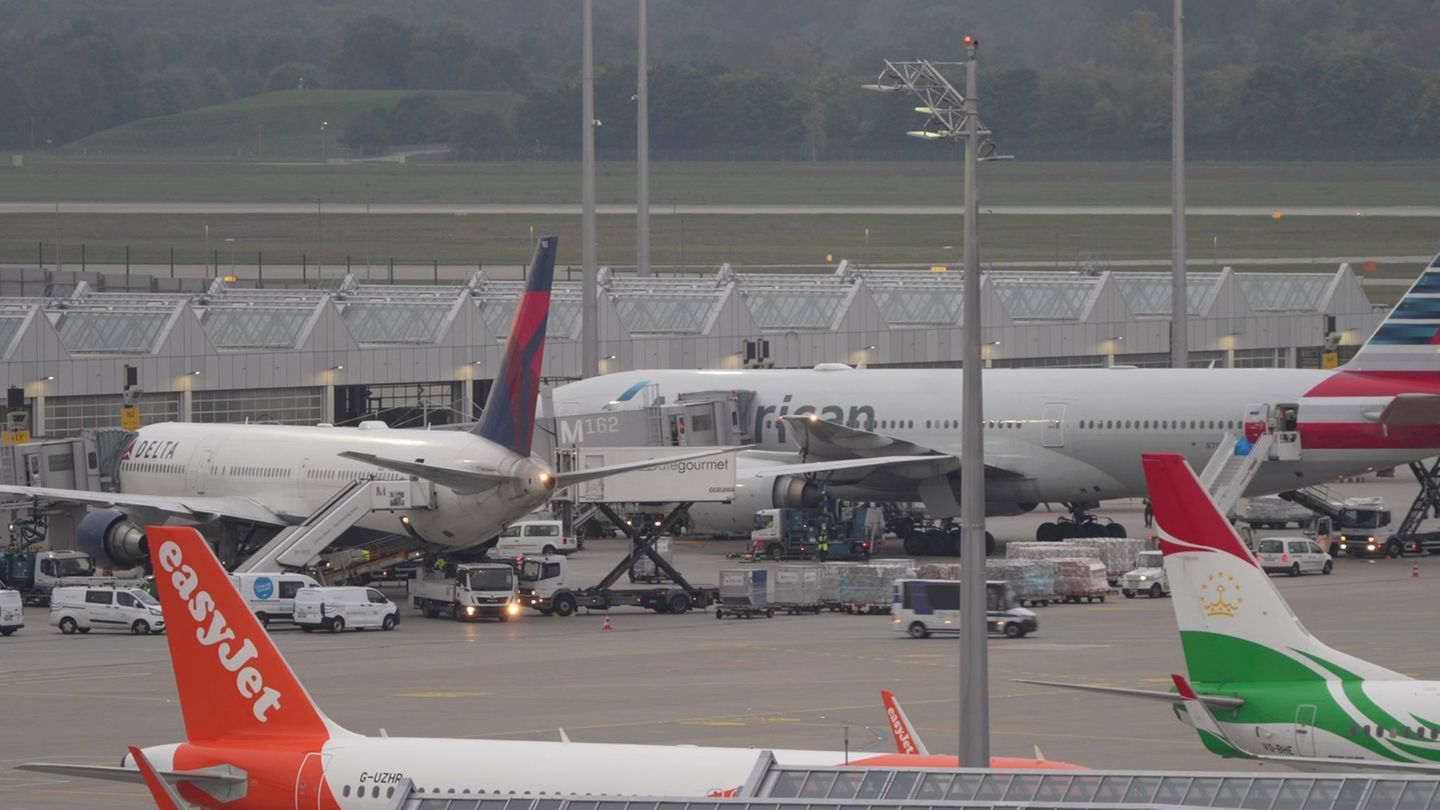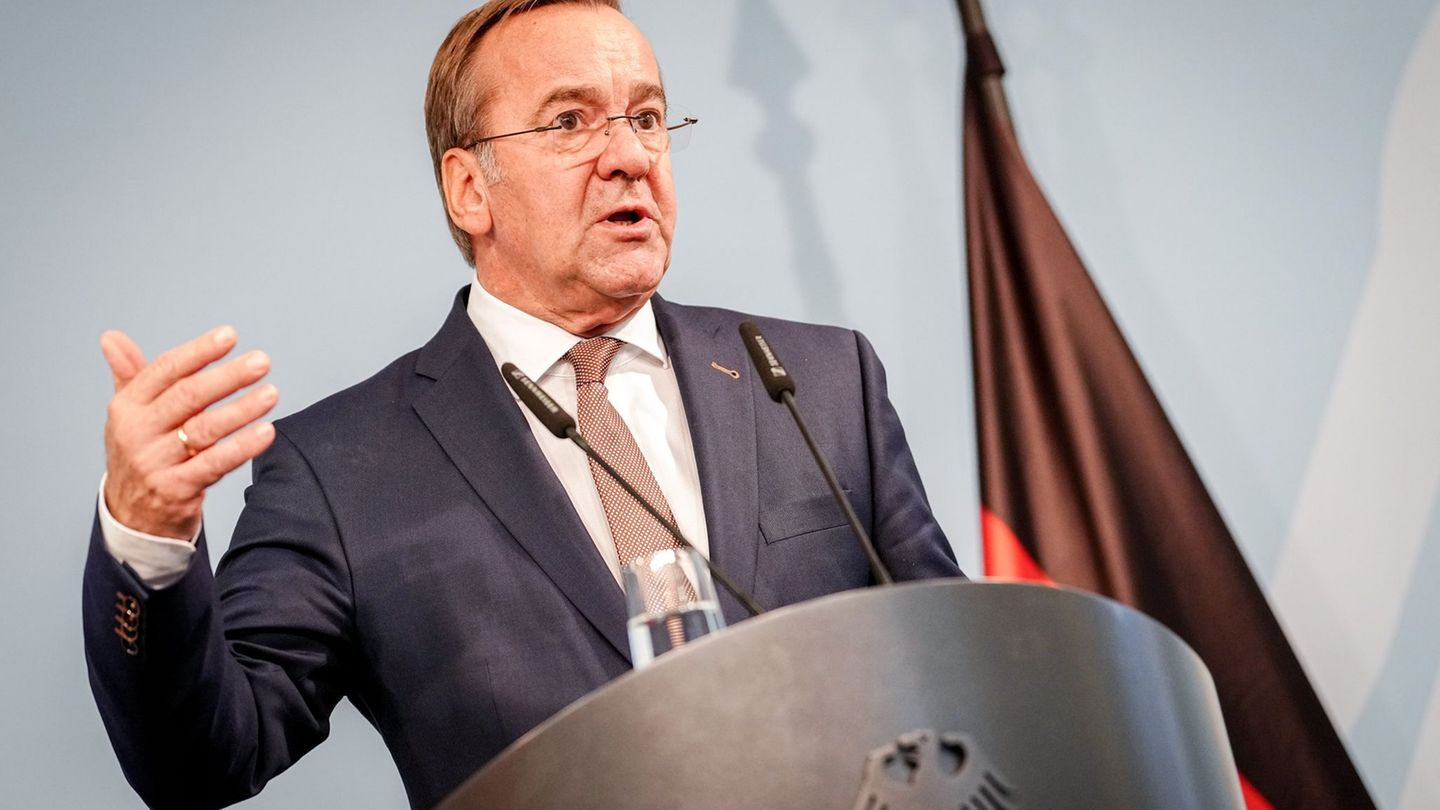The economy of Uruguay seems to have left behind the technical recession in which 2023 began, strongly marked by the drought that has already become a historic and unprecedented event in the country: with the growth of 1.2% of the Gross Domestic Product (GDP) As economic activity experienced during the first quarter in year-on-year terms, what can be expected for the rest of the year?
GDP increased 0.9% in the first quarter in the seasonally adjusted calculation, when compared to the end of 2022, according to official data from the Central Bank of Uruguay (BCU). In relation to the same period last year, the growth of the economy was 1.2%, and showed advances in almost all sectors.
The news was almost surprising, considering that for this year the government and international organizations are projecting a slowdown in economic activity in the country —reaching a growth that will not exceed 2% of the GDP—, due to the extreme drought that strongly affected the agro-export sector —whose impact will be felt even more due to the record year of exports that is a direct reference.
For the economist and researcher of the Development Studies Center (CED), Ignacio Umpierrez, the growth “was based on a high dynamism of the exports of goods and services (tourism and non-traditional) measured in volume.” In this sense, the greatest contribution to year-on-year growth was made by the Information and Telecommunications —which includes logistics— which increased 5.6% year-on-year, contributing half a point to total growth; followed by the commercial sector —which includes restaurants and hotels—, with an increase of 3.4%, accounting for the best performance of the tourist season.
“In seasonally adjusted terms, growth was 0.9% compared to the previous quarter. In this way, the economy left behind the contractionary phase that it experienced in the second half of 2022, where it collected (given the method of calculation) the largest direct impact of the drought,” Umpierrez explained to scope.com.
The improvements were also felt in the consumption and in the investment. “According to CED estimates, in seasonally adjusted terms, private consumption presented an increase of 0.3% compared to the previous quarter; while investment (FBKF) would have increased 1.8%,” said the economist. Likewise, “from the sectoral point of view, most of the sectors presented seasonally adjusted expansions compared to the previous quarterafter a lean second half of 2022 overall.”
What can be expected for the remainder of the year?
According to Umpierrez, “In the second quarter of 2023, the economy will collect another part of the direct effect of the drought on exports and consumption associated with agricultural services”. This would be in line with the forecast released by the Minister of Economy and Finance (MEF), Azucena Arbelecheabout which growth will fall 3 points compared to last year due to losses in the agro-export sector.
However, for the CED researcher the outlook is not so negative either: “Towards the second semester, the dynamics would continue to improve once the supply shock of the drought is reversed, the effect of pulp exports from PSU 2 and there is some normalization of global demand, particularly from China”. To this would be added the positive effect on emerging economies such as Uruguay on the global stage, particularly USA, marked by the drop in inflation and growth in activity.
In this sense, for Umpierrez “the GDP data presents positive signs at the beginning of the year, reaffirming the idea that ‘2022 was not so good, nor will 2023 be so bad’, and that, just as the growth dynamics for 2022 were ‘more to less’, in 2023-24 it would be from less to more’“.
This growth scenario It would be supported by a more dynamic private consumption given the improvements in the labor market, the recovery of real wages, the weakness of the exchange rate and the gap in relative prices with Argentina. “For its part, investment at the aggregate level will suffer the impact of the end of UPM 2 and the central railway, but there are suggestive inputs with which it maintains its dynamism given the incentives in the real estate sector, the projects COMAP and the investment law”, added the economist. “Regarding the external sector, the signals are mixed: on the one hand, a recovery of incoming tourism and the dynamism of the non-traditional services sector, and on the other hand, exports of agricultural goods affected by the drought, a certain decrease in international prices and Chinese demand”, he concluded.
Source: Ambito




